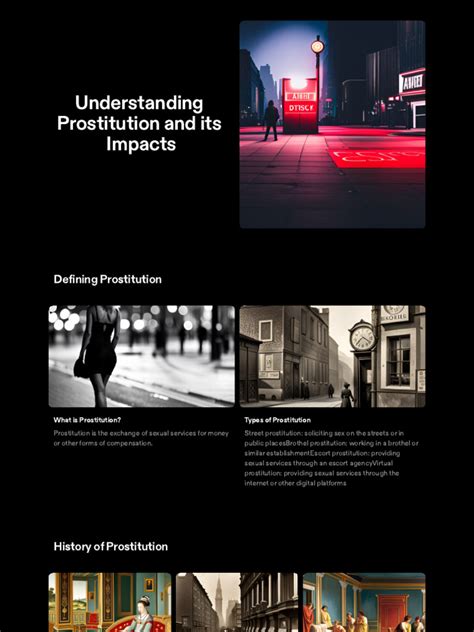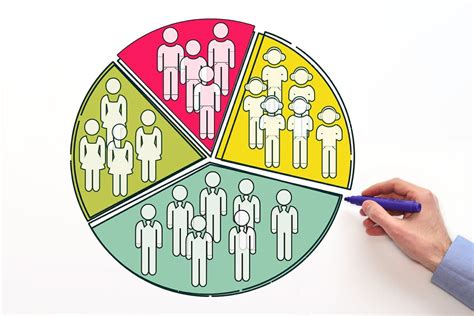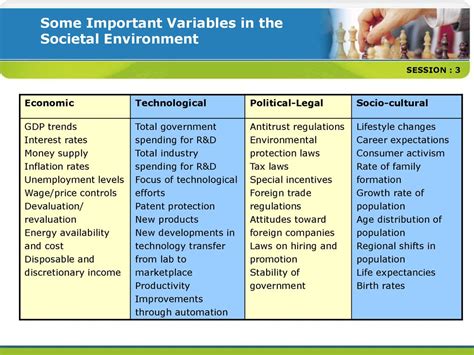Prostitutes Normal – Understanding the Industry and Its Implications

Definition and History

Prostitution is a complex and deeply debated topic with a long history. It involves the exchange of sexual services for money or other forms of compensation. The term “common prostitute” is rooted in English law and has historically been used to describe individuals engaged in sex work. However, this term is now widely considered outdated, stigmatizing, and offensive. Historically, prostitution has been documented across various cultures and eras. In ancient Mesopotamia, for example, priests engaged in sexual acts with prostitutes as part of religious practices. Ancient Greece featured legal brothels that catered to political leaders and other prominent figures. Prostitutes in these settings were often seen as a normal part of societal structure.
Economic Necessity and Demographics

In more recent times, the average age of individuals entering prostitution is strikingly low, with many starting as young as 17 years old. Older prostitutes often warn younger ones about the dangers of the profession, including the risk of HIV/AIDS. The majority of people who engage in sex work do so out of economic necessity, with poverty being a primary driver. Men who buy sex often share certain characteristics, and studies have explored their motivations. Some do so because they are dissatisfied with their current relationships, while others may seek variety or convenience. Research has also examined the psychological and socioeconomic factors that lead individuals into prostitution, challenging the idea that all sex workers fit a single mold.
Settings and Working Conditions

Street prostitutes typically work long hours, often six to eight hours a day, five to six days a week, and serve three to five clients per night. Their lives are marked by hardship and vulnerability. Brothels, another common setting for prostitution, have historically been regulated in various ways. In some regions, brothels are legalized and operate under specific laws, requiring licenses and health checks for workers.
Regulation and Societal Attitudes

Despite its prevalence, attitudes toward prostitution vary widely. Some view it as a necessary evil, while others argue for its normalization or complete legalization. The debate often centers on issues of personal freedom, public health, and human rights. Advocates for decriminalization argue that it would improve working conditions and reduce exploitation, while opponents emphasize the ethical and moral concerns.
The Role of Pimps and Exploitation
The relationship between pimps and prostitutes is another complex aspect of the industry. Pimps often control the workflow and earnings of sex workers, sometimes through exploitative means. Efforts to understand and address these dynamics are ongoing, with some studies focusing on the methods used to groom and control prostitutes.
Global Perspectives and Ongoing Debates
Throughout history, societies have grappled with how to regulate or eradicate prostitution. From ancient Rome to modern-day legislative debates, the issue remains contentious. In some countries, prostitution is entirely illegal, while in others, it is regulated as a legitimate profession. The conversation continues to evolve, with voices from all sides weighing in on whether prostitution should be seen as a normal part of society or abolished entirely.
*TAGS* – Prostitution, sex work, human rights, legalization, decriminalization, exploitation, socioeconomic factors, brothels, street prostitution, regulation, personal freedom, public health, ethical concerns